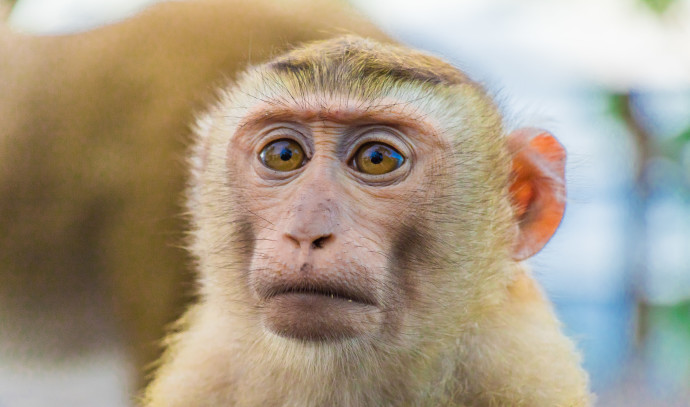Kimchi, a popular healthy food trend worldwide, has seen significant growth in recent years. One of the main vegetables used in its production is cabbage, which is discarded in large quantities during manufacturing and distribution. The annual global production of cabbage and other Brassica crops is around 72 million tons, with more than 30% of them being thrown away. This leads to environmental pollution and waste disposal costs within the industry.
In response to this issue, Hae Choon Chang, President of the World Institute of Kimchi (WiKim), has announced the development of a bio-refactoring-based upcycling technology. This innovative approach aims to address the environmental impact of cabbage waste in the food industry while also reducing waste disposal costs. By converting cabbage byproducts that are typically discarded as waste into biodegradable plastics, WiKim’s technology offers a sustainable solution for repurposing waste and creating valuable materials for other industries.
Bio-refactoring involves redesigning microorganisms to give them new functions beyond their original characteristics. In this case, WiKim’s upcycling technology can transform cabbage byproducts into useful products without harming the environment or human health.
The development of WiKim’s bio-refactoring-based upcycling technology represents a significant advancement in sustainable practices within the food industry. As more people turn towards healthy foods like kimchi, it is important for companies like WiKim to find innovative ways to reduce their environmental impact while still meeting consumer demand.
Overall, WiKim’s upcycling technology shows that it is possible to turn waste into valuable resources through innovative approaches to sustainable practices within the food industry.



